Strategy
The Nanoengineering Group focuses on research at the interface between fundamental nanoscience and applied engineering. Based on knowledge and experience in optics and photonics, current research combines optical engineering, photonics and plasmonics with nanotechnology, biomedical engineering and artificial intelligence, mainly for applications in medical diagnostics, food quality control and environmental monitoring. The group actively promotes technology transfer as a driver of innovative research. In 2024, the spin-off company Optec4Life was founded, a MedTech company that focuses on in vivo monitoring of physiological changes using Raman spectroscopy.
Early detection of Alzheimer's
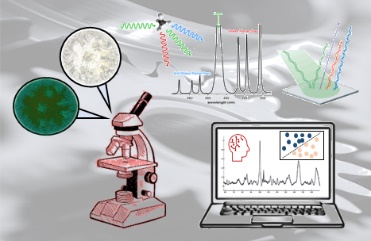
We are investigating methods for holistic, non-invasive early detection of Alzheimer’s disease by measuring human body fluids using microscopy imaging and Raman, surface-enhanced Raman, and Fourier-transform infrared spectroscopy techniques, supported by artificial intelligence including data fusion.

We are investigating methods for holistic, non-invasive early detection of Alzheimer’s disease by measuring human body fluids using microscopy imaging and Raman, surface-enhanced Raman, and Fourier-transform infrared spectroscopy techniques, supported by artificial intelligence including data fusion.
Plasmonic biosensing
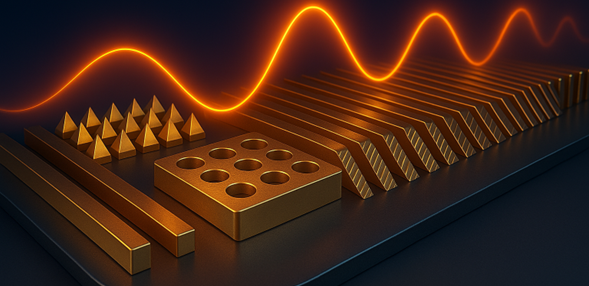
Our research group is pioneering the development of next-generation plasmonic biosensors that combine tailored nanostructures, precision surface chemistry, and advanced data analytics to detect biomolecules at the single-molecule level. By integrating hybrid plasmonic architectures with multivariate signal processing and machine-learning optimization, we achieve unprecedented sensitivity, selectivity, and robustness, enabling applications in biomedical diagnostics, food safety, and environmental monitoring.

Our research group is pioneering the development of next-generation plasmonic biosensors that combine tailored nanostructures, precision surface chemistry, and advanced data analytics to detect biomolecules at the single-molecule level. By integrating hybrid plasmonic architectures with multivariate signal processing and machine-learning optimization, we achieve unprecedented sensitivity, selectivity, and robustness, enabling applications in biomedical diagnostics, food safety, and environmental monitoring.
Photonic monitoring of physiology
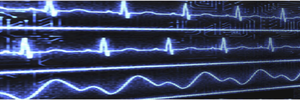
We develop methods and devices for continuous non-invasive monitoring of physiological parameters of the human body

We develop methods and devices for continuous non-invasive monitoring of physiological parameters of the human body
Lung cancer detection through AI-driven spectroscopy
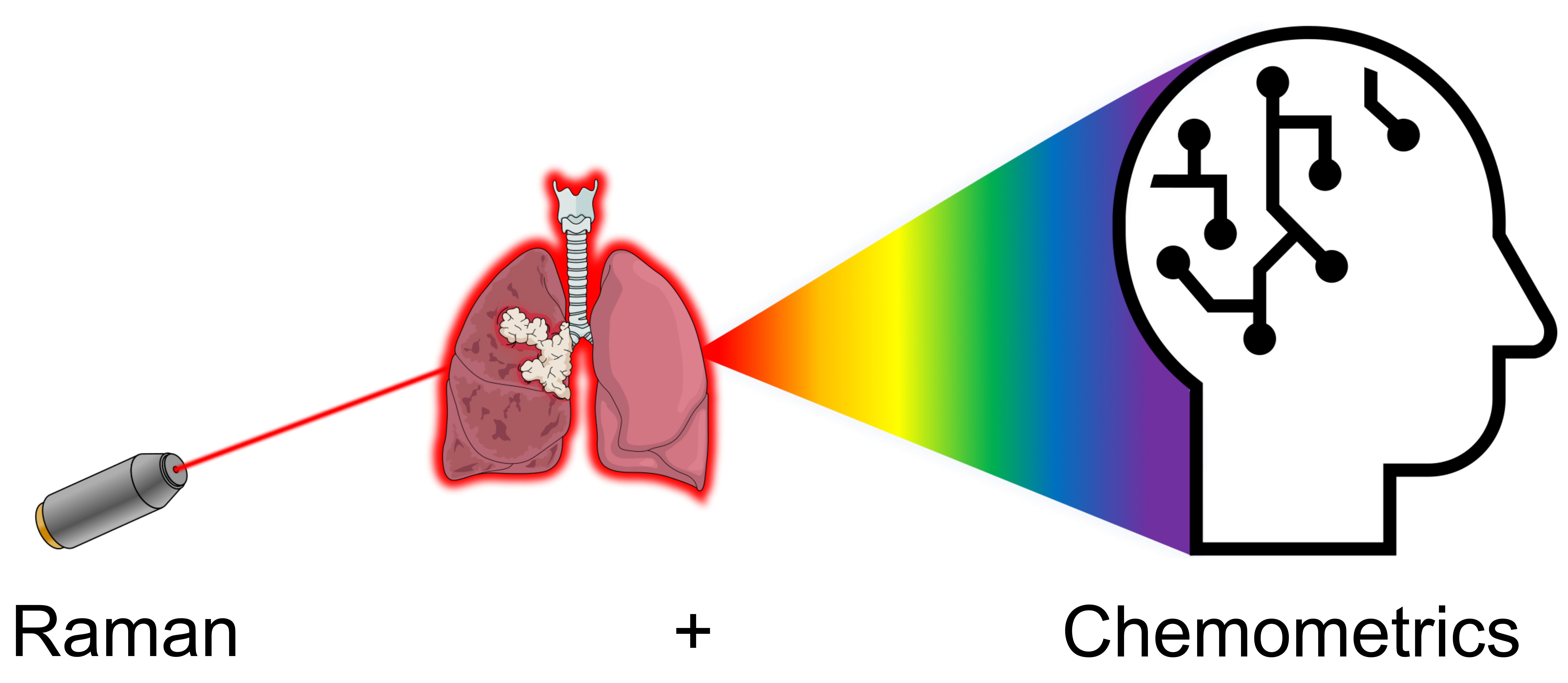
Unleashing a ground-breaking combination of vibrational spectroscopy, machine learning, and state-of-the-art statistics, we're redefining lung cancer detection—achieving astonishing accuracy and setting new standards in life-saving healthcare innovation.

Unleashing a ground-breaking combination of vibrational spectroscopy, machine learning, and state-of-the-art statistics, we're redefining lung cancer detection—achieving astonishing accuracy and setting new standards in life-saving healthcare innovation.
Vibrational spectroscopy in cell therapy
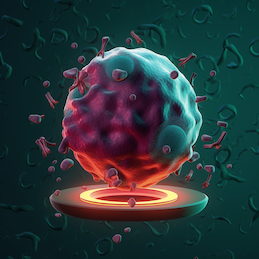
Liquid tumors can be treated by CAR T cell therapy (chimeric antigen receptor T-cell therapy) applied to live cells. Challenges include quality control, manufacturing, and safety, which may trigger immune responses in recipients. We're investigating Raman and Fourier-transform infrared spectroscopy throughout therapy, combined with artificial intelligence, to understand cell characteristics and enhance treatments.

Liquid tumors can be treated by CAR T cell therapy (chimeric antigen receptor T-cell therapy) applied to live cells. Challenges include quality control, manufacturing, and safety, which may trigger immune responses in recipients. We're investigating Raman and Fourier-transform infrared spectroscopy throughout therapy, combined with artificial intelligence, to understand cell characteristics and enhance treatments.
Water remediation
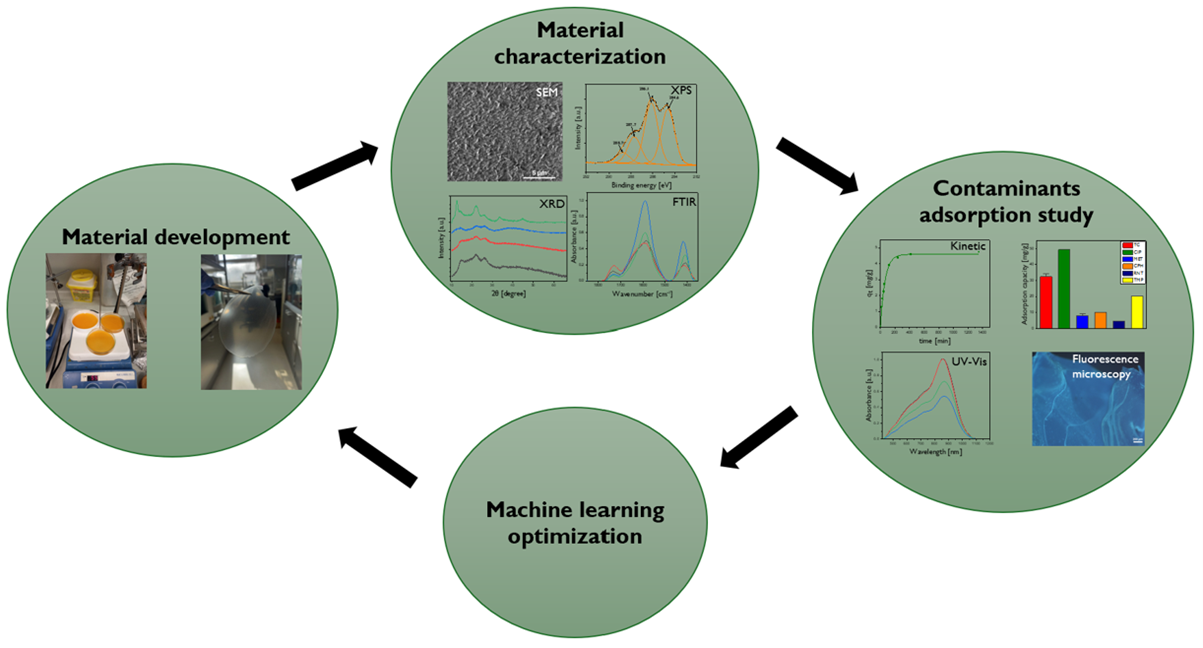
The aim of this project is to bridge the gap between the experimental development of adsorbents for water treatment and data-driven modeling approaches with the goal of improving the adsorption capacity of the materials. The experimental part of the project is supported by the Materials Physics Center, Polymers and Soft Matter Group.

The aim of this project is to bridge the gap between the experimental development of adsorbents for water treatment and data-driven modeling approaches with the goal of improving the adsorption capacity of the materials. The experimental part of the project is supported by the Materials Physics Center, Polymers and Soft Matter Group.
AI-powered monitoring of atmospheric pollution
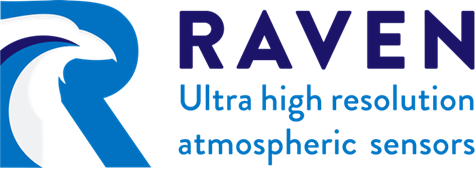
As part of the EU-funded project RAVEN (Revolutionary Accuracy in waVeguide- and photoacoustic-ENabled atmospheric sensors), our team is at the forefront of developing advanced machine learning models to process and interpret data from a new generation of air pollution sensors based on photonic integrated circuits (PICs). These compact, low-power sensors are engineered to detect trace concentrations of gases such as CO₂, CH₄, and NH₃ with high precision across a wide range of environments.

As part of the EU-funded project RAVEN (Revolutionary Accuracy in waVeguide- and photoacoustic-ENabled atmospheric sensors), our team is at the forefront of developing advanced machine learning models to process and interpret data from a new generation of air pollution sensors based on photonic integrated circuits (PICs). These compact, low-power sensors are engineered to detect trace concentrations of gases such as CO₂, CH₄, and NH₃ with high precision across a wide range of environments.
Nanoplastics and plants interactions
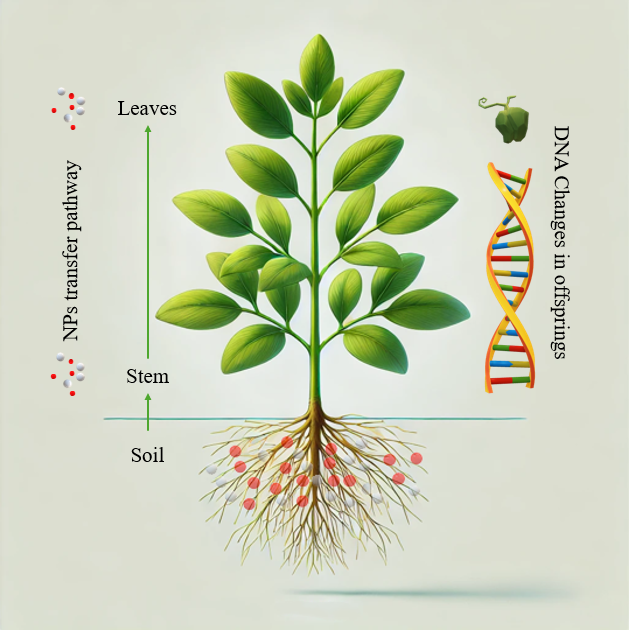
We investigate how nanoplastics interact with plant systems. Our research combines Raman spectroscopy, surface-enhanced Raman spectroscopy (SERS), and molecular analysis techniques to study the metabolic changes induced by exposure to nanoplastics and gain insights into their potential risks and effects on plant physiology.

We investigate how nanoplastics interact with plant systems. Our research combines Raman spectroscopy, surface-enhanced Raman spectroscopy (SERS), and molecular analysis techniques to study the metabolic changes induced by exposure to nanoplastics and gain insights into their potential risks and effects on plant physiology.
Nanoengineering Equipment
The Nanoengineering Group operates an optical laboratory with high-quality optical techniques, as 3D optical profiling in the nanoscale, various Raman and FTIR spectroscopy setups, high-end optical microscopy, picosecond laser, and plasmonic measurement setups. The laboratory is fully equipped for the preparation and manipulation of physical, chemical, and biological samples. In addition, the group has access to nanoGUNE's cell culture lab, a world-class clean room for nano- and microfabrication, all nanoGUNE laboratories and equipment including X-ray diffraction and a high-end electron microscopy laboratory with SEM, ESEM, TEM, FIB.

